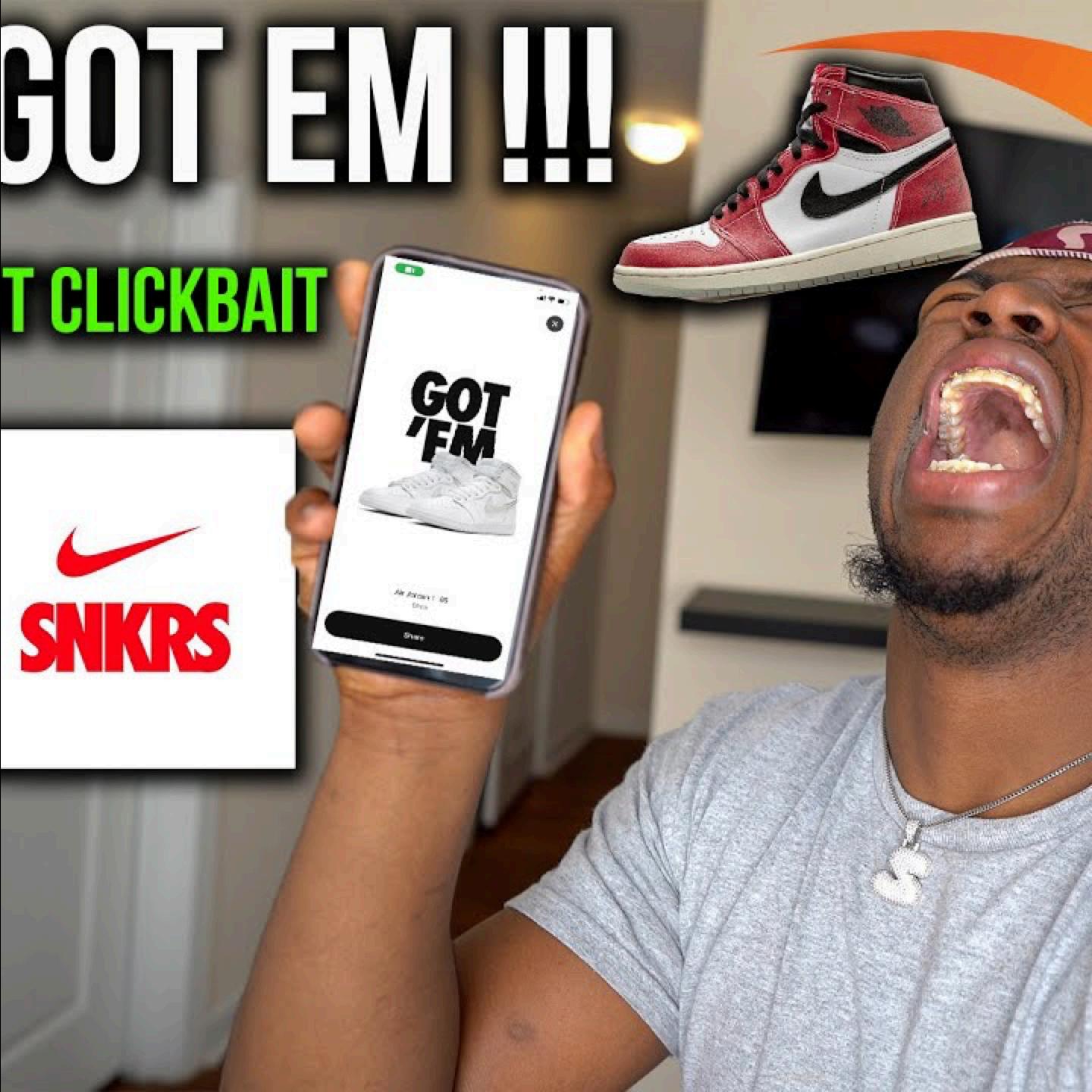
1 minute read
Feading the hypebeast FAN(ATIC) USERS
Nike sponsors top athletes in many sports to use their products and endorse Nike's technology and design, due to their significant influence on fashion and pop culture. This ties into Nike's growing emphasis on lifestyle and culture. Nike has chosen a strategy of pioneering product design and slowly building a strong product portfolio that is so much more than just running shoes.
The company has only been able to grow its market presence by gathering market knowledge obtained through constant testing, surveys, face-to-face conversations, etc. This enabled Nike to nurture their growth engines and fit the right design and message to the right audience via the right channels and influencers. A key aspect is finding the right superfans in each domain.
Advertisement
LEARN FROM A NARROW SEGMENT: SUPERUSERS
If you only buy a pair of Nike shoes every other year, the SNKRS app is not for you. It is specifically designed with the superfan in mind. SNKRS-app users receive notifications about limited-release sneakers, limited editions, and special drops so that they don't miss out. Limited release drops compromise only 5% of the sneaker market. Nike decided to target this very small segment of its large customer base with the SNKRS project.
Let Them Peacock Their Passion And Knowhow
Extreme users – like your superfans – tend to be the most-vocal brand advocates, so this narrow segment of customers can create a network effect that draws attention to the brand as a whole. That group of maximum 10-20% of the community usually consists of superengaged, hardcore members; the remaining 80% of the community is usually far more casual. The goal is to take those that are the most-engaged and give them the tools to share their knowhow, passion, emotion and stories in a way that lets the less-engaged discover and connect to the other fans, the brand, the product.
OUTSIDE THE (SHOE)BBOX
Superusers are an interesting segment, but misconceptions exist that might cause you to miss out on an opportunity:
1. My product does not have superusers.
2. They aren't normal – they're either wealthy or just weird.
3. They're impossible to find.
4. They already buy so much – they can't possibly buy more.









